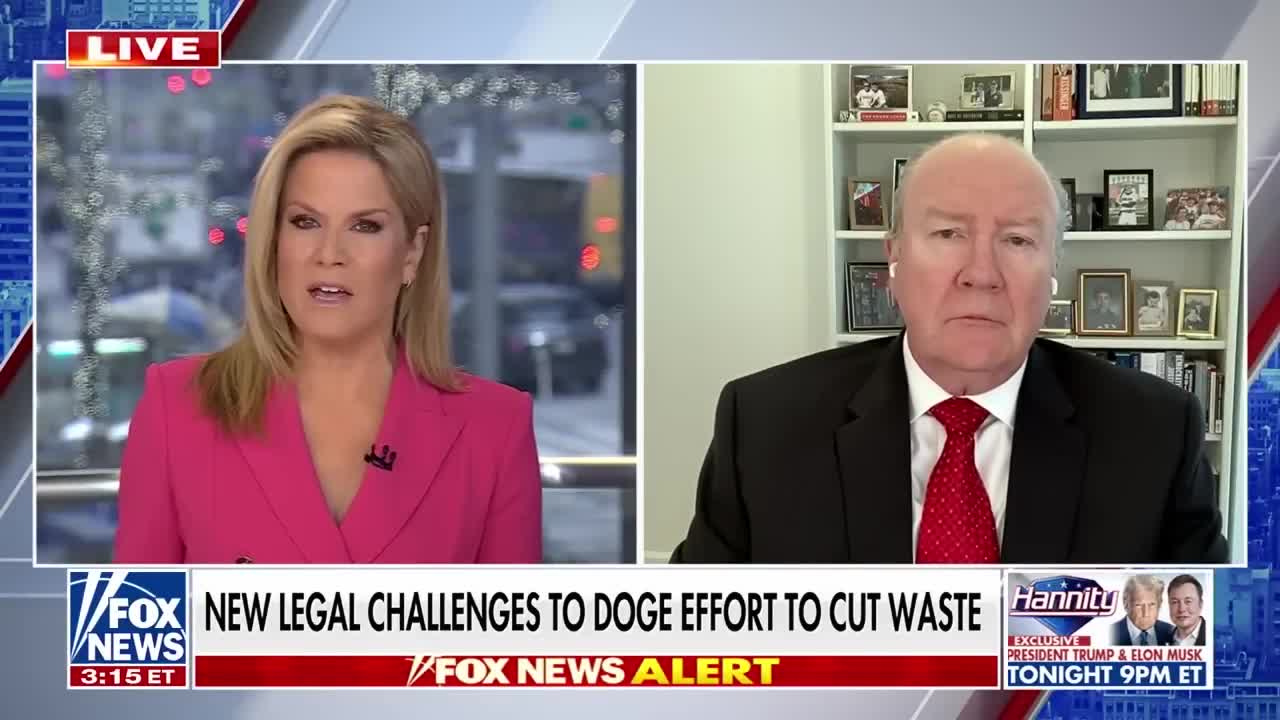Economic Trends
Economic trends play a crucial role in understanding the dynamic landscape of global finance, shaping everything from market behavior to policy decisions. These trends encompass a variety of economic indicators, including inflation rates forecasts, employment figures, and trade balances, which collectively inform stakeholders about the health of economies worldwide. Recently, there has been a notable trend of slowing growth across major markets, with projections indicating a decline in global GDP growth rates to approximately 2.4-3.2%. Policymakers face the challenge of navigating heightened uncertainties stemming from geopolitical tensions, particularly between the U.S. and China, which further complicate economic forecasting. As businesses and investors seek clarity, market trends analysis becomes essential. Understanding leading economic indicators, such as consumer confidence and inflation rates, allows for more strategic planning and investment. Recent reports highlight critical factors influencing these trends, including the impact of rising protectionism and tariff pressures on international trade dynamics. For instance, tariff increases have raised production costs and disrupted supply chains, leading to increased concerns about potential stagflation—a period characterized by stagnant economic growth combined with inflation. By monitoring these economic indicators and broader trends, analysts and stakeholders can better position themselves to respond to ongoing shifts in the global economy, ensuring they are equipped to adapt and thrive in an increasingly complex environment.
What is Goldman Sachs' gold price forecast for 2025 and what factors could drive it higher?
Goldman Sachs has raised its gold price forecast to $3,100 per ounce by the end of 2025, citing concerns over US fiscal sustainability as a key driver. According to their analysis, if these fiscal concerns escalate further, gold could rise an additional 5% to reach $3,250 per ounce by December 2025. The forecast is supported by growing fears of inflation and fiscal instability, which could trigger higher speculative positioning and stronger ETF inflows in the gold market. This outlook reflects gold's traditional role as a hedge against economic uncertainty, with the potential for significant price appreciation as investors seek safe-haven assets amid financial risks.
Watch clip answer (00:19m)How is Elon Musk empowering citizens regarding government spending?
According to the discussion, Elon Musk is helping citizens feel less powerless when it comes to government accountability. Through his work with Doge, he's uncovering significant waste, fraud, and inefficiencies in government spending, which has reportedly saved taxpayers approximately $55 billion. This initiative is changing people's perceptions by demonstrating that oversight and examination of federal expenditures can lead to concrete results, making citizens realize they have more influence than they previously thought in demanding fiscal responsibility.
Watch clip answer (00:06m)What are the broader impacts of federal employee cuts according to Amanda Mae Downey?
According to Amanda, the federal employee cuts will create a ripple effect starting with employees and their families, but extending into their communities. She explains that natural resources and public lands will suffer from reduced care standards, which will ultimately impact tourism and the local economy. As someone who has lived, worked, and played in her community her entire life, Amanda finds this particularly heartbreaking since her community depends heavily on tourism. She emphasizes that these cuts not only affect federal workers directly but will deteriorate the quality of public land management, creating cascading negative effects throughout the community ecosystem.
Watch clip answer (00:36m)What are the early signs of recovery in China's real estate market despite the ongoing downturn?
Despite the prolonged downturn in China's real estate market, analysts have identified promising indicators of a potential turnaround. New home prices experienced an uptick in January, suggesting the first signs of market stabilization after a difficult period for the sector. The positive momentum isn't limited to real estate alone, as the stock market has shown short-lived rebounds, particularly in the tech sector following the launch of new AI innovations. These early signals, while tentative, provide cautious optimism for investors watching for signs of recovery in China's crucial property market.
Watch clip answer (00:17m)What is the current state of China's property income growth?
China's property income growth has reached its lowest level in over a decade, with per capita net property income growing by only 2.2% in 2024 - the slowest pace since 2014. This represents a consistent downward trend in the growth rate that has been ongoing since 2019, with 2021 being the only exception. This record low growth highlights the continuing slump in China's real estate sector, which has significant implications for the broader economy. Official data confirms this persistent decline, reflecting the challenges facing one of China's most important economic pillars.
Watch clip answer (00:22m)What is happening to property income in Beijing?
In Beijing, per capita net property income fell by 0.6%, marking its third consecutive year of decline. The primary driver of this downturn is falling rental income, which has significantly impacted the property market. This persistent decline indicates a troubling trend in Beijing's real estate sector, affecting household earnings and potentially contributing to broader economic challenges in China.
Watch clip answer (00:13m)


